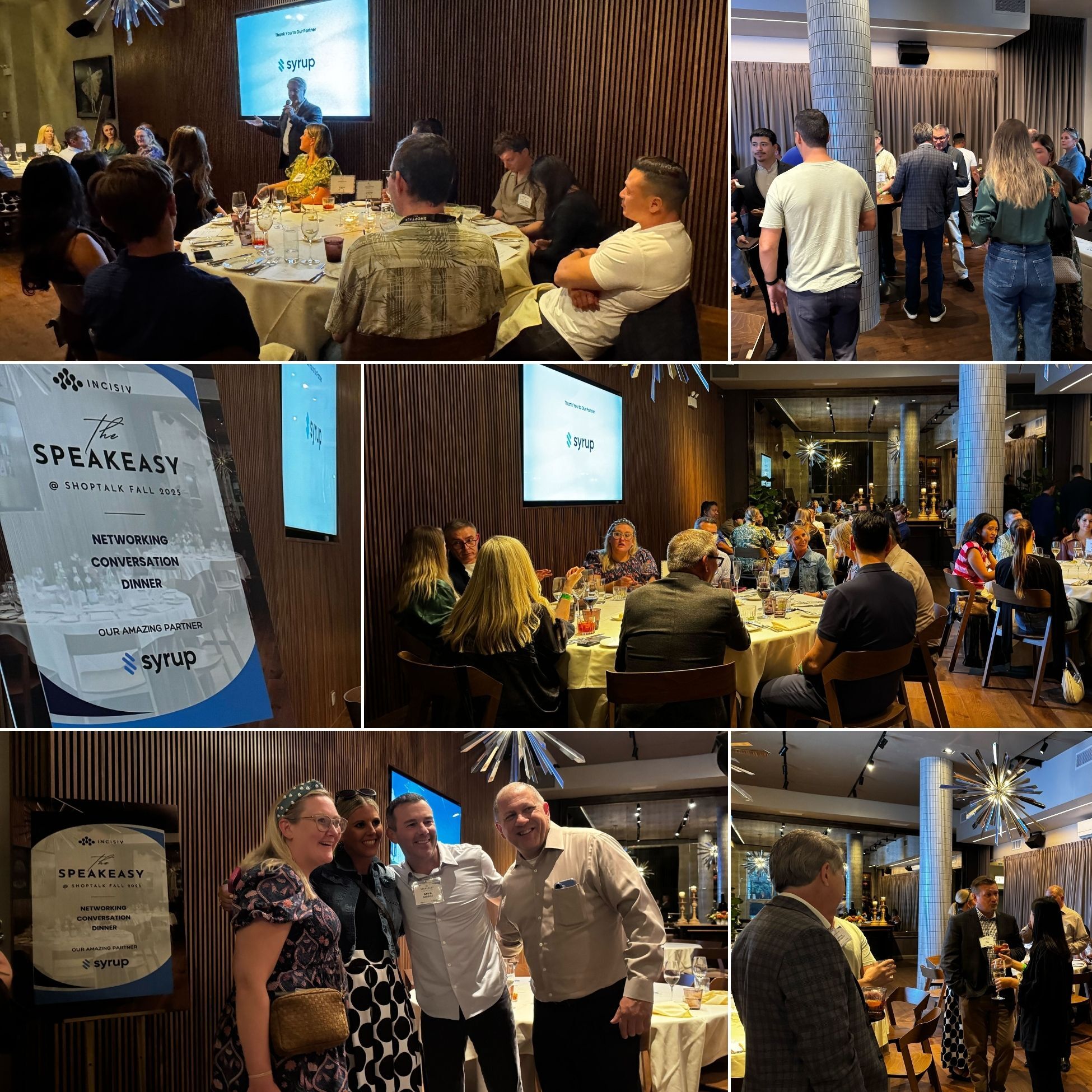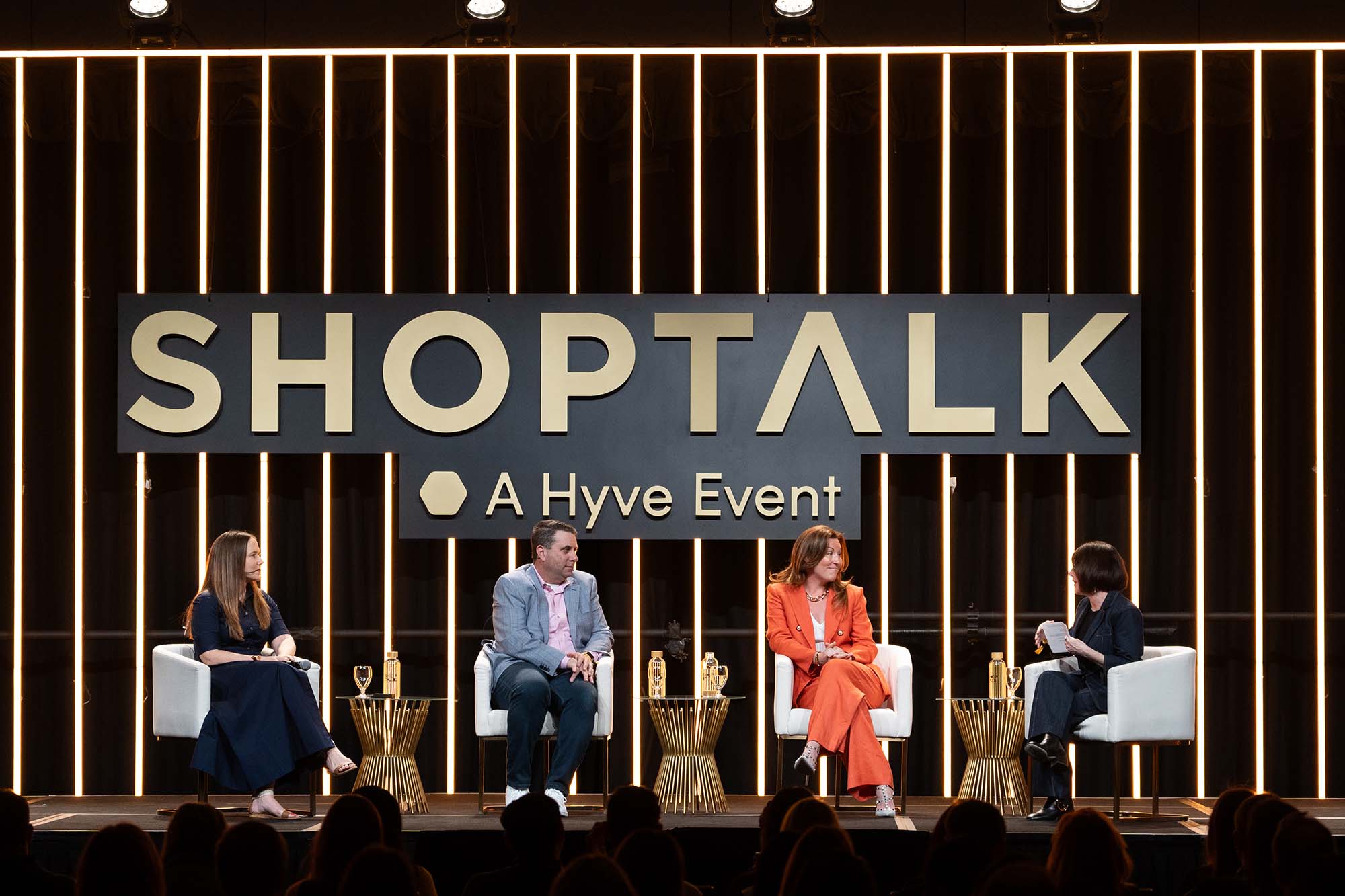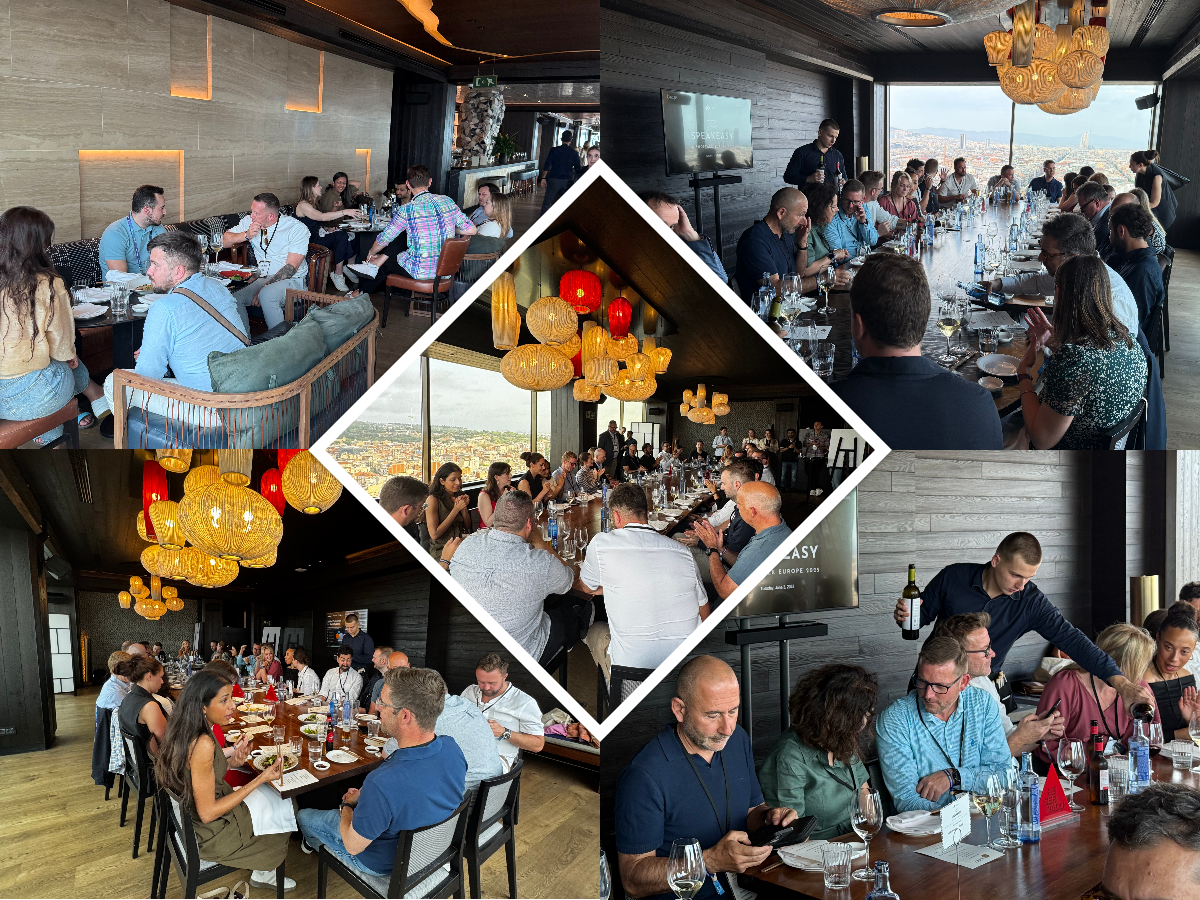-
Tariffs, Supply Chain & Growth Uncertainty
- Tariffs as a Catalyst: Tariffs accelerated supply chain innovation and forced faster adaptation. Retailers are rethinking supplier collaboration and using data more effectively.
- Private Label Advantage: Tariff-related disruption has strengthened private label demand, improving margins for retailers.
- Sticky Basics: Core categories and commodities remain resilient, even as growth outlooks for e-commerce face potential reductions of up to 30%.
- New Mix Thinking: Assortments and sourcing strategies are being restructured for resilience and profitability.
-
AI’s Next Phase
- Not New, But Evolved: Demand forecasting and machine learning are established, but generative AI is solving content and marketing challenges—from copy optimization for AI search to creating new forms of digital engagement.
- Practical Adoption: AI is increasingly domain-specific. Retailers emphasized that it can’t do everything, but it can do the right things: simplify, reduce waste, and speed execution.
- Key Test: “Does AI make things simpler?” If yes, deploy. If not, move on.
- On the Horizon: Hyper-personalization, AR/VR immersive retail, and agentic AI will define the next wave.
-
Stores Reimagined
- Physical Retail Resurgence: Despite digital dominance, physical stores are essential for engagement, fulfillment, and experience.
- No Boring Retail: Experiential design is critical, particularly for Gen Z shoppers who value discovery and sustainability.
- First Principles Still Matter: The store remains the ultimate engine for brand, loyalty, and even e-commerce growth.
-
Loyalty, Community & Customer Experience
- Beyond Points Programs: Traditional loyalty models are commoditized. Retailers must differentiate through emotional loyalty, community, and service.
- Community as Retention, Engagement as Appeal: Building trust and connection drives retention; activation drives appeal.
- Scaling Empathy: Human interaction remains essential to counter purchase anxiety and information overload.
- Influencer Economy: Influencers and stylists are shaping purchase journeys, blending human and AI-powered personalization.
-
Innovation Under Pressure
- Challenging Times, Creative Breakthroughs: Tariffs, cost pressures, and post-COVID behavioral shifts are forcing innovation. Winners will embrace change and build cultures that support idea generation.
Case Studies:
- Sam’s Club: Using AI and computer vision to reduce inefficiencies, automate mundane tasks, and let associates focus on members.
- H&M: Strategic pivots based on digital/social listening and customer feedback loops to stay relevant.
- SharkNinja & Papa John’s: Iterating quickly, creating cultures of creativity, and ensuring customer voice drives product development.
- Milani Cosmetics: Embedding innovation into culture by encouraging bold ideas—even those that may not succeed.
-
The New Media Landscape
- Content as Commerce: Retailers are using content to drive interest and purchase, whether through influencers, social platforms, or AI-optimized campaigns.
- Retail Media Maturation: RMNs are evolving as a critical revenue stream, but differentiation will come from unique formats and seamless in-store/online integration.
- Marketing Reset: The shift from activity to achievement was a recurring theme: effectiveness matters more than volume.
-
Gen Z & the Sustainable Shopper
- Innately Sustainable: Gen Z expects retailers to prioritize sustainability as a given, not a differentiator.
- Experience-Driven: Engagement, interactivity, and authenticity are non-negotiable for this demographic.
- Digital-First, Human-Enhanced: While digital tools shape behavior, human stylists, influencers, and associates remain key for connection.
Executive Summary
Shoptalk Fall 2025 highlighted how retailers are navigating uncertainty, tariffs, and shifting consumer behaviors while harnessing AI, creativity, and community to drive growth. The tone of the event was clear: innovation under pressure creates winners. From the re-emergence of physical retail to the next evolution of AI-driven personalization, the show underscored that growth requires balancing brilliant basics with bold experimentation.
Alongside the show, Incisiv hosted two memorable networking experiences:
- Speakeasy Cocktail Party (sponsored by Centric Software and Manhattan) – where leaders shared ideas in an informal, high-energy setting.
- Speakeasy Dinner (sponsored by Syrup) – an intimate evening of conversation, insights, and connections that extended the day’s themes into action.
Top Trends from Shoptalk Fall 2025
The Speakeasy
Our Speakeasy events at the show—powered by Centric Software, Manhattan, and Syrup—were proof of the value of community: senior leaders connecting, sharing, and learning together. Just as retailers must cultivate communities of shoppers, we must continue building communities of leaders to drive the industry forward.


AI-Driven Innovation in Retail
Arcade.AI, Stitch Fix, and luxury brand Kate explored AI’s role in product creation and customer engagement.
Amazon is revolutionizing search with AI-powered tools like Rufus and Amazon Lens.
Meta is reshaping advertising with AI-driven campaigns, virtual tryons, and conversational AI agents.
The Speakeasy
Incisiv’s Speakeasy Dinner at Nobu brought together over 40 senior retail executives for a candid conversation on what’s next in AI, loyalty, and customer experience. Guests shared practical challenges and bold bets, from A/B testing loyalty perks to building agentic AI tools for product discovery.
The informal setting sparked honest dialogue—on how fast to innovate, how deeply to personalize, and how to scale great ideas across regions.

The macro and micro signals from Shoptalk Europe 2025 offer a clear direction: Key Takeaways
Agility and efficiency aren’t tradeoffs—they’re foundational for delivering high-touch customer experiences at scale.
Customer experience innovation is accelerating, from personalized journeys to emotionally resonant store design.
First-party data is now the currency of modern retail—from loyalty to media to AI.
Technology’s impact is real, but success hinges on adoption: both customers and employees need it to feel intuitive.
Retail’s future is blended physical and digital, emotional and operational, branded and personalized.
In a word? Unified. The most successful retailers are making retail feel whole again.
Conclusion
Shoptalk Fall 2025 reinforced that innovation thrives in uncertainty. The future of retail lies in blending AI-driven efficiency, physical store relevance, and human-centered experiences. Those who embrace experimentation while staying grounded in brilliant basics will emerge stronger.
To succeed in 2026, retailers must seamlessly integrate AI, prioritize transparency and trust, and create immersive, hyper-personalized shopping experiences.
Adaptability, agility, and a relentless focus on the customer will de ne the next generation of retail leaders.
Recap
Missed Shoptalk Fall 2025? Check out our insights and key takeaways from the event.
DOWNLOAD THE PDF



